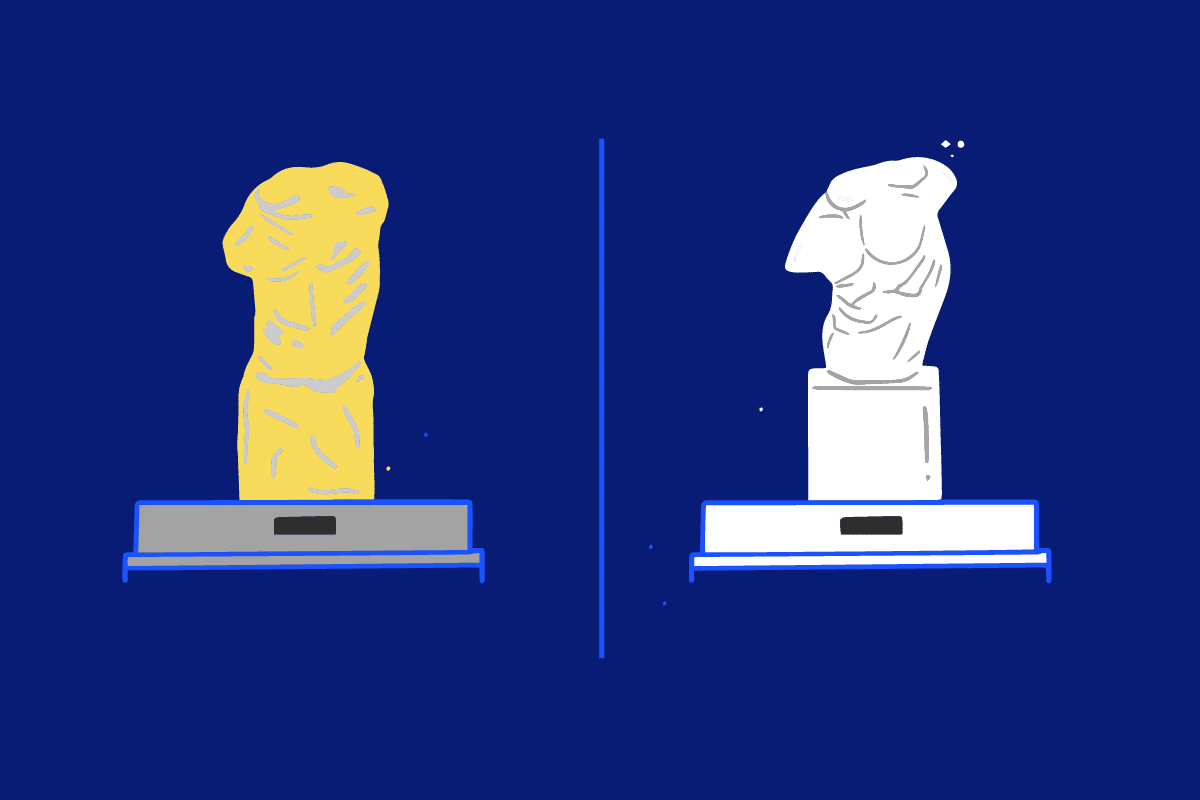There are slight nuances, but important differences, between a request for information and a request for proposal. Essentially, the goal of these two processes is the same: to understand the level of competency that a prospective vendor or partner is able to achieve the goal. Ultimately this process will have final partners submit a bid for consideration with regard to the actual project and provide information to choose the final partner.
Table of contents
Request for information (RFI)
Request for information is looking for a very high level of understanding with regard to whether your vendor/partner is able to achieve the task you have set forth. This may include a staffing model, general costing, the vendor’s relative understanding of industry, and/or grasp of the process you are trying to follow. The goal here is to get enough key information to compare multiple vendor options and immediately rule out those who cannot stay within your set guardrails.
At the end of the RFI process, you are able to take the information gathered and limit your choices to the final 2 or 3 possible partners. These final options will continue to a further set of steps needed to make your final decision.
Request for proposal (RFP)
The goal of a request for proposal is not to get into exacting cost or a finalized agreement, but to more concretely understand scope, timing, and cost from the vendor. This process, again, should enable all the participants to be reviewed on the same criteria and should be a level playing field for selection.
This document will compile one more level of detailed information and help the business and the potential partner. The detailed information can be used by the potential partner to further refine their estimates, adapt their approach, and allow the business teams an opening to start more specific conversations.
Functional owners are often brought in at this point in the process so that they can ask more detailed questions or provide more detailed answers for the potential partners. Depending on the level of detail or needed detail, the RFP process will give a strong foundation to start a business requirement doc and inform future discovery sessions.
Here is a list of sections that may be part of your RFI process:
- Introduction of your company
- Goals and objectives
- Vendors for RFP (internal only)
- List of tools/services that exist or need to be incorporated
- Requirements at a high level
- Budgetary constraints
- Timeline constraints
- Company’s internal level of involvement
When to Request for (RF)
Often an RFI and RFP only happen when a new vendor is sought for functionality or skill set that either your current company does not have or there is not adequate bandwidth to proceed internally. The Project Management Office or Business Development Team are often responsible for these proceedings and establish a process that is repeatable and archived for future reference.
Here is a list of sections that may be part of your RFP process:
- Introduction of your company
- Background and strategic fit
- Goals and objectives
- Vendors for RFP (internal only)
- Additional or review members
- Ideal RFP timeline
- Glossary
- Assumptions
- Constraints
- List of tools/services that exist or need to be incorporated
- Requirements at a high level
- Out-of-scope items
- Visual designs or examples
- Use case list
- Additional reference material
- High-level workflow
- Additional questions for partner
- Partner pricing and fees rate card
- Partner standard SLAs
- RFP acceptance criteria
- Q&A log
Results & next steps
As a result of a Request for Information and Request for Proposal, a business is able to choose a final partner or tool to meet their needs. After a selection is made, negotiations continue, resulting in a Master Service Agreement (MSA), Statement of Work (SOW), and Financial onboarding and Security Reviews.
Make sure when you are having conversations and reviewing these proposals follow Project Management – Meeting Best Practices.
Use our toolkit

PROJECT MANAGEMENT – PRESENTATION DECK TEMPLATE
Apply the knowledge from this article to our powerpoint and google slides template. Everything you need to run successful project management meetings and presentations.

